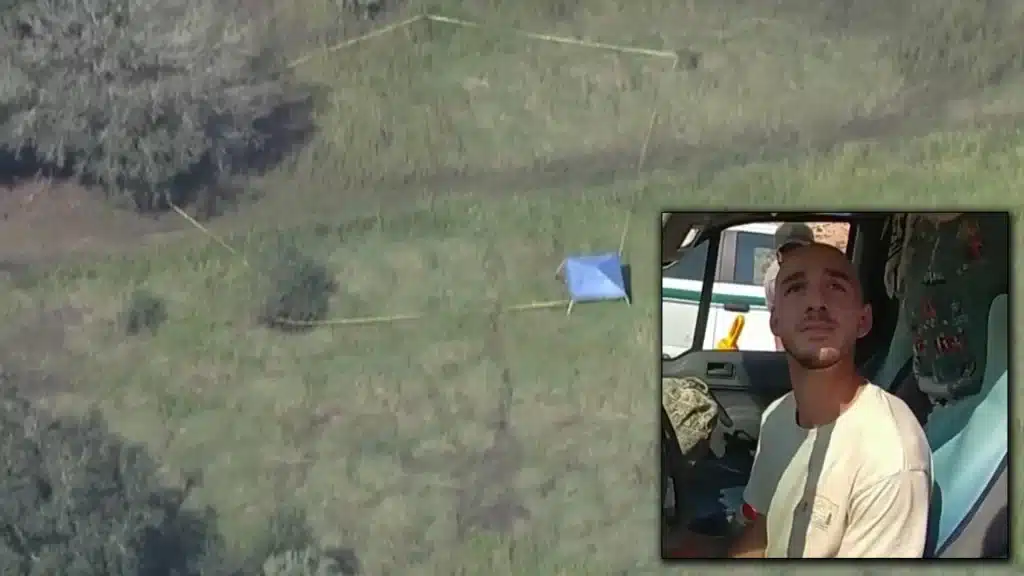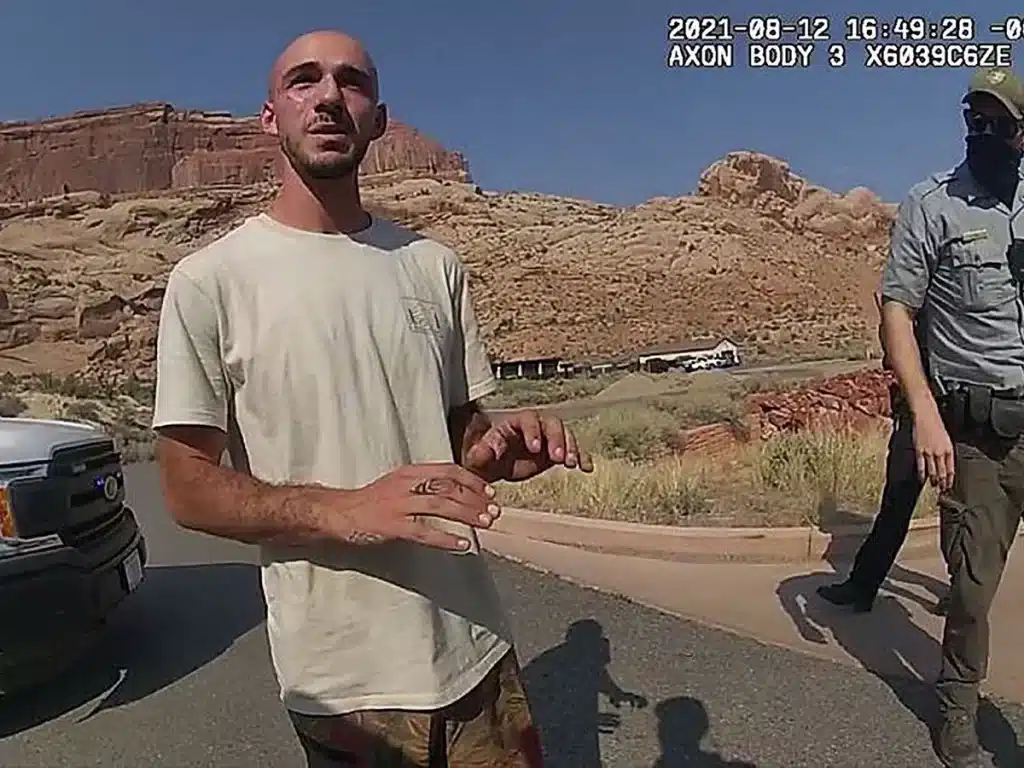The mysterious case surrounding Brian Laundrie’s death has sparked numerous conspiracy theories, with some suggesting that he faked his own death. However, when we examine the facts and the timeline of events, these theories quickly unravel. Let’s delve into why the conspiracy theory doesn’t hold water (Brian Laundrie Not Dead).
The timeline of Brian Laundrie’s disappearance and subsequent discovery of his remains is crucial. Laundrie was reported missing by his parents on September 17, 2021, after allegedly leaving home for a hike on September 13. His remains were found on October 20, 2021, in the Carlton Reserve in Florida. This timeline aligns with the typical procedures in missing person cases, leaving little room for the possibility of faking his death.
Brian Laundrie Not Dead: The Evidence of His Death
The discovery of Laundrie’s remains was confirmed through dental records, a reliable method for identifying deceased individuals. The bones were found in an area previously submerged in water, explaining why they weren’t located earlier. The investigation was thorough, involving local law enforcement and the FBI. This collaboration and the use of scientific methods make the conspiracy theory less credible.
Public Misunderstanding and Media Influence

The intense media coverage of the Gabby Petito case, of which Brian Laundrie was a person of interest, fueled public interest and speculation. This high-profile case led to various theories being shared widely across social media platforms. However, many of these theories stem from misunderstandings or misinterpretations of the facts. The media’s role in amplifying these theories can’t be overlooked, as sensational stories often gain more traction than straightforward facts.
Brian Laundrie Not Dead: Lack of Motive
For a conspiracy theory to be plausible, there must be a clear motive. In Laundrie’s case, the motive for faking his death is questionable. He was a person of interest in a high-profile case and was under immense scrutiny. Faking his death would require immense planning and resources, and the benefits of such an action are unclear. The risks and difficulties associated with faking one’s death far outweigh any potential benefits.
Conclusion: The Facts Speak for Themselves
While conspiracy theories can be intriguing, they often falter when faced with factual evidence. In the case of Brian Laundrie, the combination of a confirmed timeline, scientific identification of remains, and lack of motive make it unlikely that he faked his death. Instead of focusing on unsubstantiated theories, it’s crucial to rely on verified information and the conclusions of professional investigations.
It’s understandable why such high-profile cases can lead to widespread speculation, but it’s essential to separate fact from fiction. As this case continues to unfold, staying informed through credible sources will help in discerning the truth from conspiracy.
